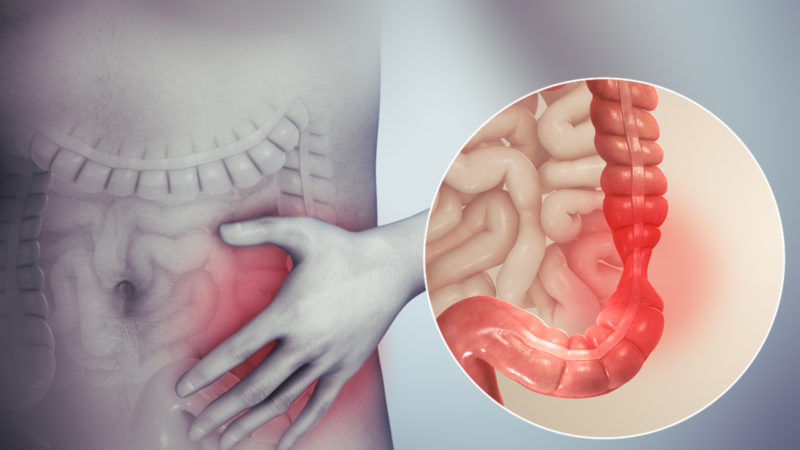Ingrown Toenail: Removal, Treatment And More
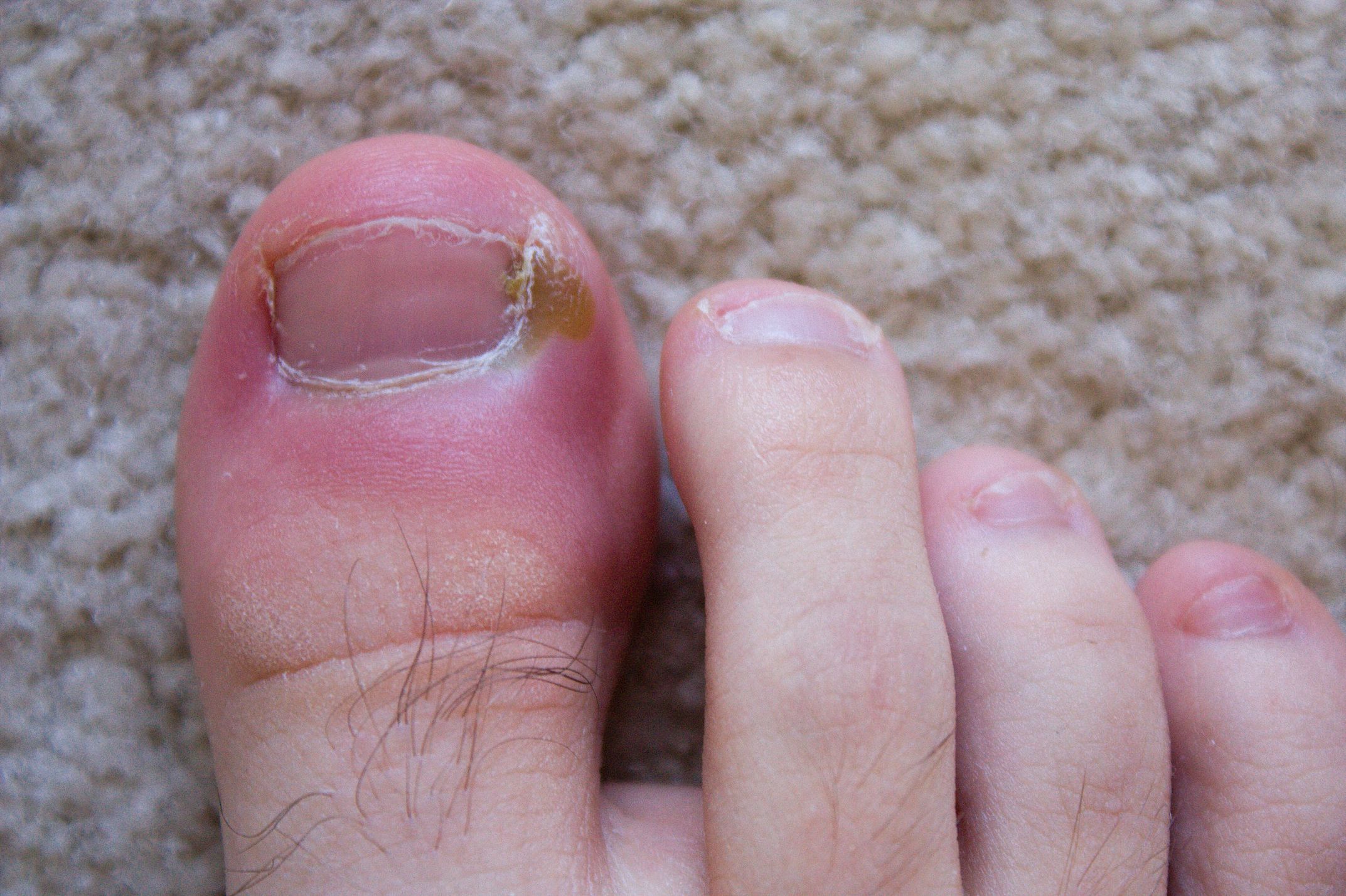
When the edge of a person’s toenail grows or curves into the skin surrounding it, the ingrown toenail happens. Some of the side effects of the ingrown toenail are redness, swelling, and pain in the toe.
The problem of an ingrown toenail is common among men and women alike. In the article, we have listed the various aspects of the ingrown toenail, like causes, treatments, home remedies, removal methods, prevention, and more.
In the article, you will also find the answer to common questions like fixing ingrown toenails? How to get rid of an ingrown toenail? And many such queries regarding the ingrown toenail.
Causes of Ingrown Toenail
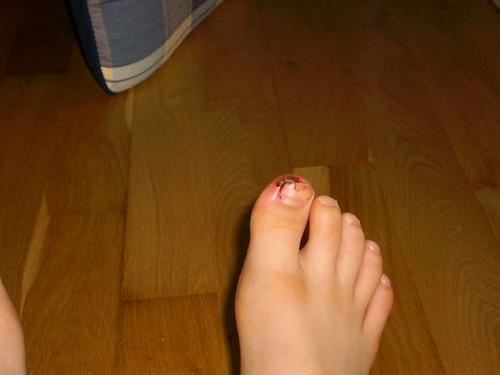
There are various causes of an ingrown toenail; some are:
- Stubbing your toe, known as toenail trauma
- Wearing shoes that are smaller than your shoe size or tight causes shoe bites.
- Cutting the edges of toenails too short
- Wrong angle cutting of the toenails.
These are some of the common causes of ingrown toenails. These ingrown toenails can cause infections, and it is recommended to treat them as soon as possible.
Mild cases of this problem don’t require much care and are easily treatable through various home remedies. In some serious cases, surgical intervention by a professional is needed for ingrown toenail surgery.
Ingrown Toenail Home Treatments
There are various remedies for this problem, but in the article, we have listed the best remedies for you:
Soak in Soapy, Warm Water
Soaking your foot in such a solution will help ease pain and reduce swelling. You can use castile soap for this purpose and add Epsom salts for some more relief.
Soaking your foot three times a day for at least 20 minutes will do the job.
Soaking in Apple Cider Vinegar
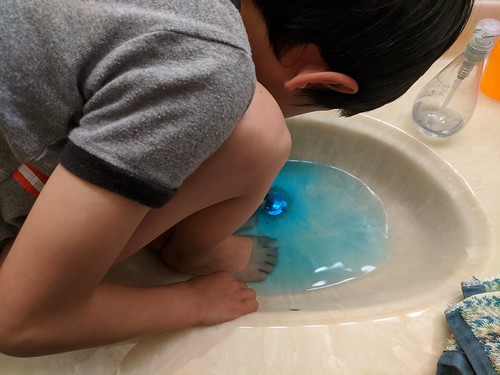
Apple cider vinegar has become a folk remedy for nearly everything these days. It is believed to have antiseptic, pain-relieving, and anti-inflammatory properties. But, it lacks enough scientific evidence for it.
For this remedy, all you need to do is prepare a basin of warm water with ¼ cup of apple cider vinegar in it. After preparing the solution, soak the foot in it for 20 minutes and then dry your foot thoroughly afterward.
Pack the area with cotton or dental floss
Some medical clinics encourage the proper growth of ingrown toenails to recommend fixing some cotton bits or waxed dental floss under the ingrown toenails. But, not every medical practitioner agrees with this method to treat this problem.
The American College of Foot And Ankle Surgeons even refute this method as fixing the cotton or dental floss may help thrive bacteria. It may even lead to infection and further pain in the ingrown toenail. The college recommends soaking the cotton in alcohol before using it if you prefer this treatment method.
Apply Antibiotic Ointment
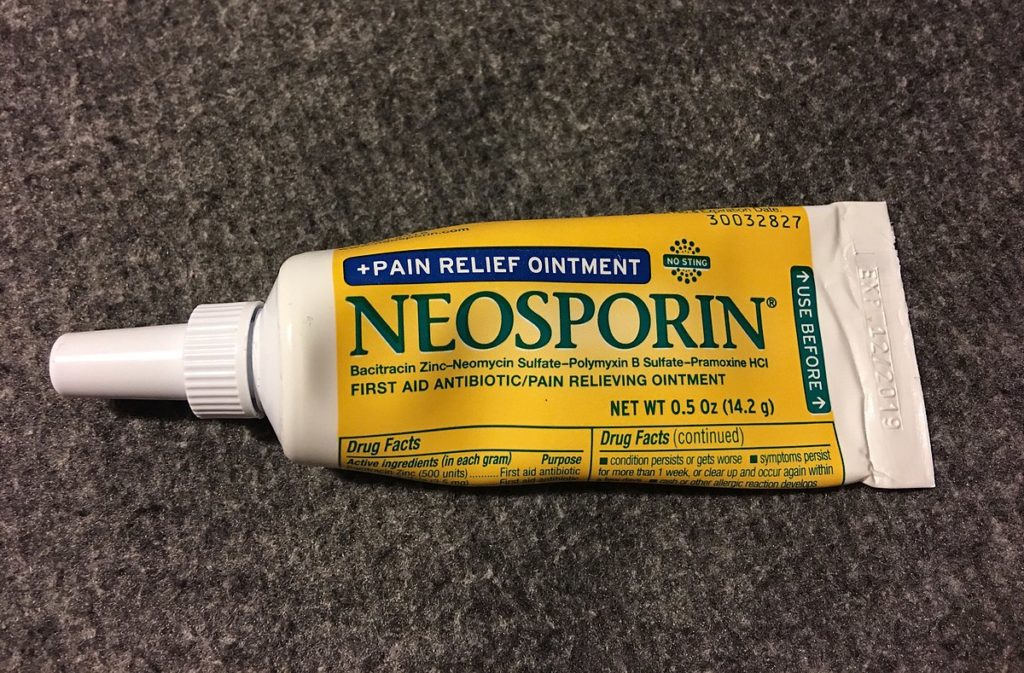
Using an antibiotic ointment can reduce the pain and promote fast healing of the toenail. It also helps in reducing the risk of infection. Use the ointment following the guidance given by the manufacturer of the product.
Some of the common ointments you can use include polysporin, Bactroban, and Neosporin. After applying the ointment, bandage the affected area to help in the healing process.
Wear Comfortable Socks And Shoes
Wearing proper size shoes is best for an ingrown toenail, as tight or improper size shoes are the major cause of the toenail problem. The wearing of sandals or slippers is advised if you face the problem of ingrown toenails.
Wearing proper shoes or sandals prevents ingrown toenails and helps prevent the worsening of this problem. These footwears leave ample space in the toe bed, which is essential in this problem prevention and treatment.
Take A Pain Reliever
Using an over-the-counter pain reliever is one of the best things you can do for pain-relieving. One best products you can use is Acetaminophen (Tylenol). The side effects of this product are unusual unless you take the overdose. When using this product, you should be careful not to use it with alcohol.
If there is swelling and pain, Ibuprofen (Advil) is a good option comparatively as it helps in both the swelling and pain. Some of the side effects of this product are diarrhea, abdominal pain, and in some cases, may cause an upset stomach.
When using the over the counter products, one thing to keep in mind is to use them under the manufacturers’ directions.
Using A Toe Protector
The toe protectors are the best-ingrown toenail tool you can invest in if you suffer from the ingrown toenail problem. These products provide a cushioning barrier for the toenails. The toenail protectors are available in various forms, like rings that fit the affected area or cover the entire toe.
You can also use the toe protectors, which come with medication effects. One good product available for the problem is Dr. Scholl’s toenail protector, which comes with a medicated gel. The medicated gel in this product softens the toenail, making it easy for you to trim the toenails.
Using A Toe Brace
The toe braces are glued to the top of the toe. They are made up of composite material, which is adhesive and thin. These products lift the nail’s edges as it grows, which prevents the skin from a sharp ingrown toenail.
These products will be a good investment if you want your toenail to grow properly. They are available in some pharmacies as well in online stores.
Oral Antibiotics

If the ingrown toenail problem worsens, home remedies will not be the best thing to do, and it is time to visit a doctor. The doctors can prescribe oral antibiotics for the ingrown toenails, and if the problem worsens, they can opt for ingrown toenail surgery.
In general scenarios, oral medications are the best, and surgeries are not required in most cases. But, oral antibiotics are not prescribed if the ingrown toenail is infected. Oral antibiotics are only prescribed if you have an infected toenail and a weak immune system.
Signs of Infection
Some of the most common signs of the infection in the ingrown toenail are:
- Increase in redness
- Unbearable pain
- Increase in swelling
- Formation of pus
- Warming up of the affected toe and area surrounding it
- Foul smell or odor
If you see any of these signs, it’s time to visit the doctor. In most cases, doctors prescribe antibiotics, including ampicillin, vancomycin, and amoxicillin.
Nail Removal
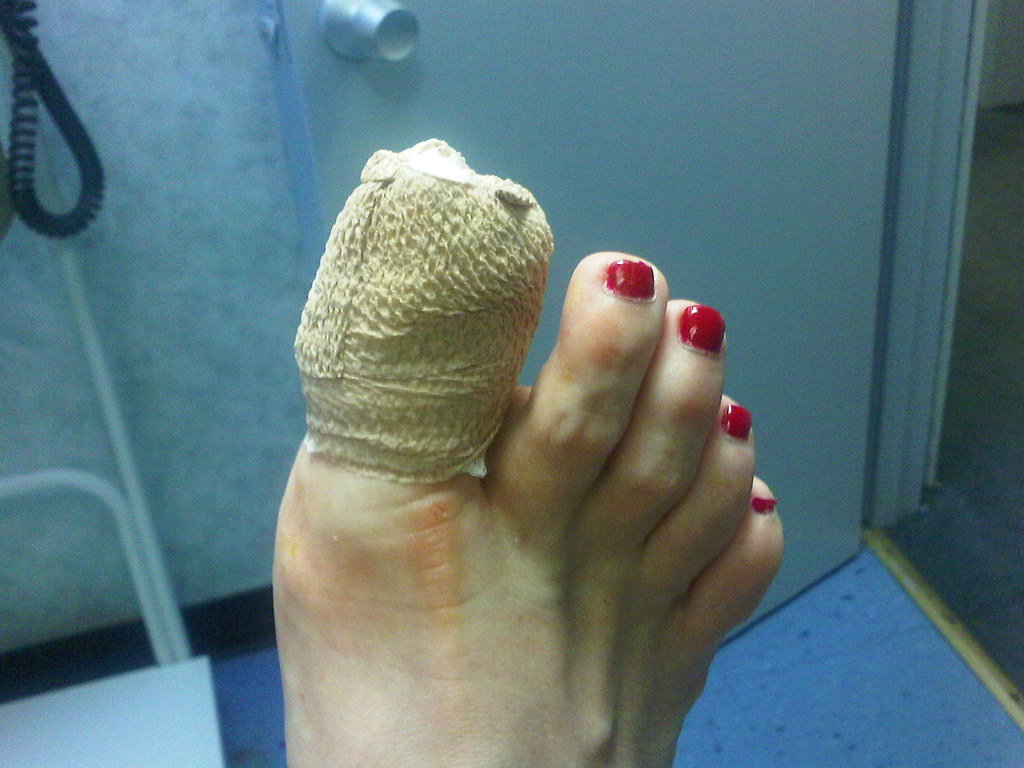
If an ingrown toenail doesn’t show any signs of improvement by the common home treatments or antibiotics, the doctor may remove it. In such cases, partial or full nail removal may be needed.
A doctor may remove a nail border, underlying nail bed, or part of the growth plate with local anesthetic help. But, in severe, the last resort of removing the entire ingrown nail is needed. It is painful and may increase the risk of infection.
When To Seek Professional Help
Problems like ingrown toenails may seem minor but can lead to some serious problems in some people. Suppose a person has diabetes, a compromised immune system, or another problem that may cause poor circulation. In that case, professional help is needed as people with such problems can have a serious infection due to ingrown toenails.
You must also visit a professional if:
- Swelling or pain in the ingrown toenail is severe.
- Home treatments for ingrown toenails don’t work.
- If you see any allergic reaction to home treatments
Tips For Prevention
- Wear proper size shoes.
- Move carefully to avoid toenail trauma.
- When trimming your toenail, don’t trim it shorter than your toe.
- Wear protective footgear if you are in a job that may increase the proximity of ingrown toenails.
Final Words
These are some of the various aspects of the ingrown toenail. In the article, we have listed the different things like home treatments, causes, symptoms of infection, and when to seek professional help in ingrown toenail cases.
In the article, you will also find tips for preventing ingrown toenails and some over-the-counter remedies and products.
If you think we have missed out on this problem of an ingrown toenail, or if you have any suggestions, please do let us know in the comment box.






